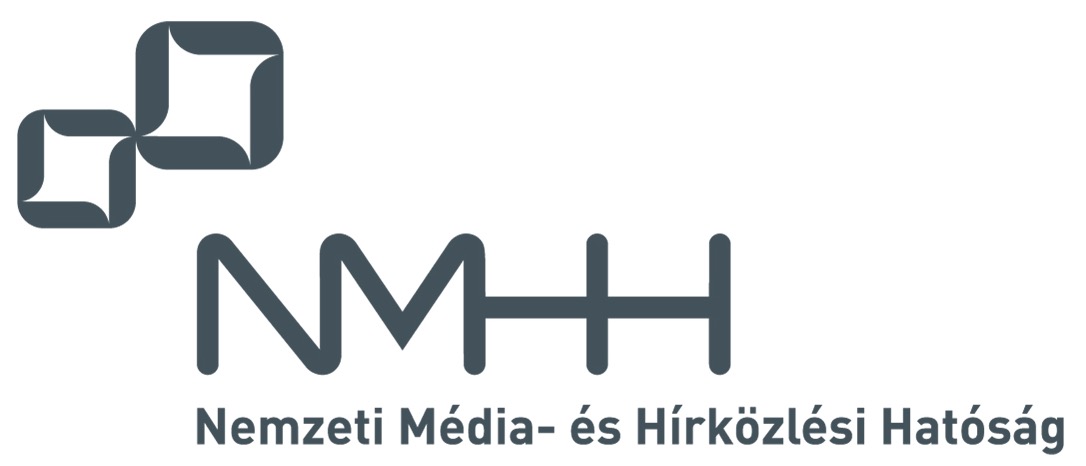2021. 4th Issue
Volume XIII, Number 4
Full issue  (3,9 MB)
(3,9 MB)
MESSAGE FROM THE EDITOR-IN-CHIEF
Pal Varga
From AI-based Optimisation of Ion Thrusters to Machine Learning on the Roads and in Factories 
BY THE END OF 2021 the area of Infocommunications has really got dominated by the application of Artificial Intelligence-related methods. Even in this final issue of our journal, 3/4 or the articles are putting AI or machine learning into the focus as the approach for solving the otherwise very diverse problems.
Our reviewers in 2021
PAPERS FROM OPEN CALL
Árpád László Makara, András Reichardt and László Csurgai-Horváth
AI-Based Electrode Optimisation for Small Satellite Ion Thrusters 
Computing capacities for numerical modelling are available to an unprecedented extent today. The spread of various artificial intelligence (AI) -based solutions (which in many cases are also resource-intensive operations) is also facilitated by this increase in capacity, which offers several new opportunities in this area. On the one hand, optimization tasks can be done quickly, on the other hand, it is also possible to solve (estimate) problems where we cannot (for some reason) create a model for the initial problem. In our article, we investigate how to apply artificial intelligence-based solutions to electromagnetic field computing tasks as efficiently as possible. The required theoretical summary presents an implemented application: optimization of electrostatic ion engine accelerator electrodes for orbit correction operations. To solve each problem, we used methods from the supervised machine learning toolkit, usually along with LMS (least mean square method) update steps. All inputs required for AI were solved by numerical space calculation (primarily using the finite element method). The data input required to optimize the electrodes of an ion thruster can come from two sources: measurement data or simulation results. Given that the operating environment of a satellite can be modelled in a vacuum chamber, it is a particularly difficult issue to perform the measurement, but even more difficult in the case of optimisation. Therefore, an effective solution to the problem can only be achieved by simulation. The primary goal of this research is to optimise the fuel (in this case, the number of ions) during operation, with the stated aim of maximising the time of operation of the spacecraft.
Reference
DOI: 10.36244/ICJ.2021.4.1
Download 
Ameen Al-Azzawi, and Gábor Lencse
Identification of the Possible Security Issues of the 464XLAT IPv6 Transition Technology 
This paper focuses on one of the most prominent IPv6 transition technologies named 464XLAT. The aim is to analyze the security threats that this technology might face. After carrying out the threat analysis using STRIDE method that stands for Spoofing, Tampering, Repudiation, Information Disclosure and Elevation of Privilege, and using DFD (Data-Flow Diagram) as a core for the analysis, we summarized the security vulnerabilities and attack points possibilities within this infrastructure. We have also built a testbed for 464XLAT topology using several virtual machines, which were created using Debian image. We used our testbed to perform DoS (Denial of Service) attack against the PLAT (provider-side translator) and monitor PLAT’s performance and the number of packets being translated under attack by different number of clients using the hping3 command.
Reference
DOI: 10.36244/ICJ.2021.4.2
Download 
Gergely Hollósi, Csaba Lukovszki, Máté Bancsics, and Gábor Magyar
Traffic Swarm Behaviour: Machine Learning and Game Theory in Behaviour Analysis 
High density traffic on highways and city streets consists of endless interactions among participants. These interactions and the corresponding behaviours have great impact not only on throughput of traffic but also on safety, comfort and economy. Because of this, there is a great interest in deeper understanding of these interactions and concluding the impacts on traffic participants. This paper explores and maps the world of traffic behaviour analysis, especially researches focusing on groups of vehicles called traffic swarm, while presents the state-of-the-art methods and algorithms. The conclusion of this paper states that there are special areas of traffic behaviour analysis which have great research potential in the near future to describe traffic behaviour in more detail than present methods.
Reference
DOI: 10.36244/ICJ.2021.4.3
Download 
Attila Frankó and Pál Varga
A Survey on Machine Learning based Smart Maintenance and Quality Control Solutions 
Machine learning aided tasks and processes have key roles in smart manufacturing, especially in controlling production and assembly lines, as well as smart maintenance and intelligent quality control. The last two ones are those tasks that nowadays are still performed manually by employees; however, there are numerous machine learning-based solutions that can automate these fields to optimize cost and performance. In this paper, we present an overview of smart manufacturing ecosystem and define the roles of maintenance and quality control in it. Up-to-date machine learning-based smart solutions will also be detailed while addressing current challenges and identifying hot research topics and possible gaps.
Reference
DOI: 10.36244/ICJ.2021.4.4
Download 
CALL FOR PAPERS
GLOBECOM 2022 / IEEE Global Communications Conference
IEEE GLOBECOM, Rio de Janeiro, Brazil
ADDITIONAL
free




